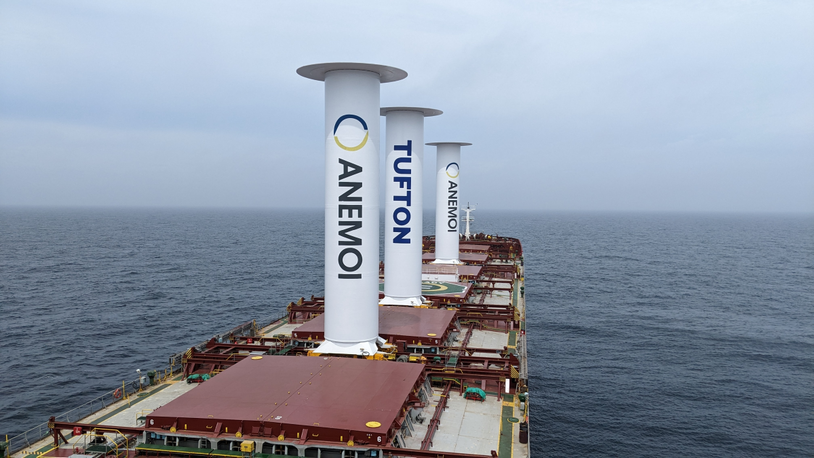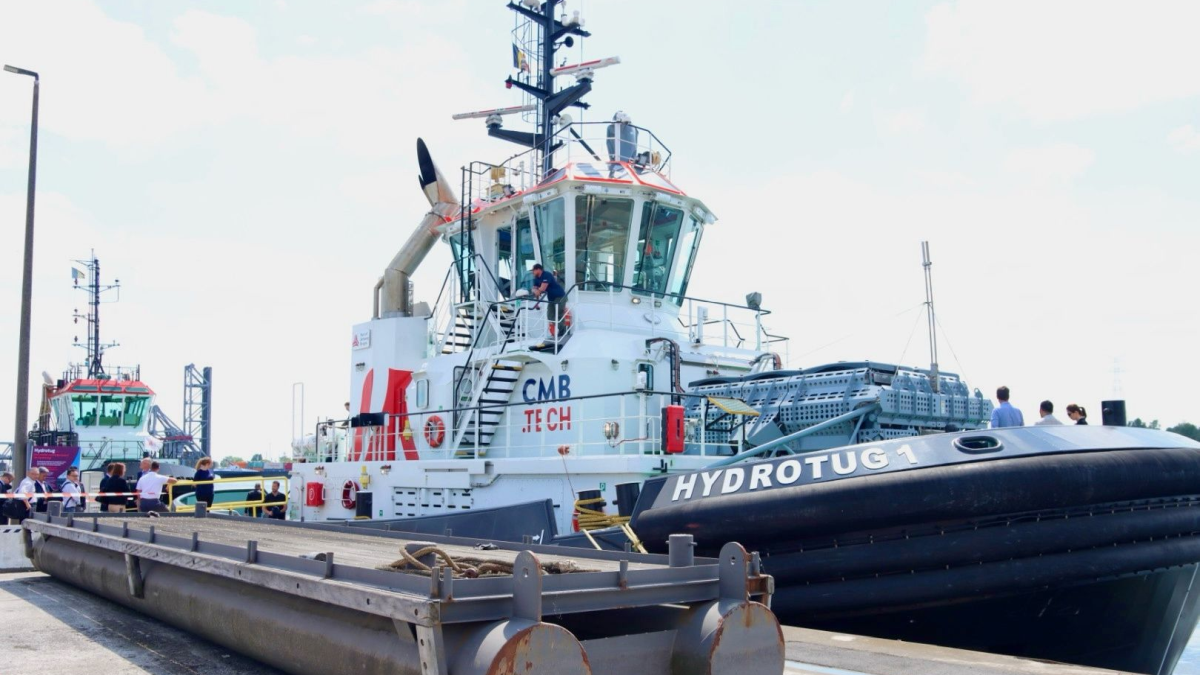Business Sectors
Contents
Register to read more articles.
Variation in LNG composition and dual-fuel engines
The increasing use of LNG dual-fuel engines poses the question of how to cope with the varying quality of LNG available worldwide. This paper, presented at the CIMAC World Congess by Karsten Schleef of University of Rostock et al*, discusses experimental findings aimed at automating the adjustment of the combustion process
At the 30th CIMAC World Congress 2023 in Busan, South Korea, the paper Enhancing the Efficiency of LNG-Fueled Marine Engines Across Varying Gas Qualities was presented, with a focus on developing engine control unit measures, particularly through the pilot injector, to ensure reliable engine performance across a range of methane numbers. The ultimate goal is to achieve sustainable and efficient operation of LNG-fuelled marine engines in the face of fluctuating LNG quality.
Traditionally, marine engines utilising LNG adhered to a dual-fuel approach. This approach aims to maintain as consistent a supply of bunker gas as possible, often at fixed locations, and to optimise the engine for a particular gas quality range at the manufacturer’s end. Achieving this relied on tailored engine control unit mappings and hardware modifications such as altering the compression ratio. However, this method poses challenges when operating worldwide, where frequent changes in bunker locations are inevitable, leading to reduced efficiency and increased emissions.
To overcome this challenge, the experimenters introduced engine control unit measures that allow the engine to perform reliably with methane numbers ranging from 105 down to 65, all without requiring hardware adjustments or sacrificing performance. They conducted these experiments using a single-cylinder research engine with a versatile research engine control unit. This control unit is based on National Instruments’ PXI platform, enabling real-time pressure monitoring and the necessary thermodynamic analysis for cycle control strategies.
A crucial component in this research was the prototype common rail wide range injector, responsible for injecting the diesel pilot fuel. Positioned at the centre of the cylinder head, this injector ensured even flame propagation through symmetrical pilot fuel injection and ignition.
The engine was operated in a steady-state mode at 720 rpm, typical for medium-speed marine applications, across various load points. Measurements were taken at a rate of 1 Hz for 100 seconds to obtain average values. For more detailed data, higher-frequency measurement channels, like in-cylinder pressure, were recorded in sync with the crank angle at a resolution of 0.1°CA for 250 cycles. Exhaust emissions are assessed using an SESAM i60 FTIR system, capable of simultaneously measuring essential exhaust gas components such as NOx, CO2, CH4, C3H8, and more.
In the course of their experiments, CO2 was introduced into the base gas to increase the methane number (MN). Subsequently, CO2 was reduced and propane added to significantly lower the MN. This requires precise control of the fuel gas flow to maintain a consistent mean indicated pressure (pmi) due to changing heating values in the series.
This was achieved by adjusting the gas valve’s injection duration. Additionally, the centre of combustion (CoC) was maintained at constant values during the measurements by adapting the start of energisation of the pilot fuel injector. This helps increase the ignition delay and, consequently, keeps the CoC stable despite variations in fuel gas composition, which affect combustion behaviour.
The findings revealed that as methane numbers fall to 70 and below, there was a significant increase in maximum in-cylinder pressure and knocking. Interestingly, as knock levels rise, the coefficient of variation of pmi decreased to values below 1. Despite these variations, the duration of combustion remains stable, resulting in only minor reductions in exhaust temperatures. To assess the environmental impact, the greenhouse gas emissions (GHG) were corrected by considering the added CO2 within the fuel gas. A CO2-factor of 3.3 was assigned to propane and 28 to methane. As the measurement series progressed, methane emissions decrease, although the propane content did not rise to the same extent. Consequently, GHG emissions declined.
Given the diverse qualities of LNG available, dual-fuel engines for marine applications must adapt to changing gas compositions. Methane numbers can vary from approximately 65 to 100. The control strategy presented at CIMAC would allow ship operators to use the same dual-fuel engine worldwide, irrespective of the next bunker source, without the need for hardware modifications. Software updates to the engine control unit, primarily focused on the pilot injector, are the only requirement, making this approach cost-effective and feasible in a short timeframe.
These studies have employed a piezo-electric sensor for real-world applications, demonstrating that knowledge of the precise methane number is not essential. A self-tuning control loop could constantly monitor and detect changes in gas quality. By combining various thermodynamic parameters, the direction and speed of changes, particularly in relation to methane numbers, can be inferred. As the maritime energy landscape evolves with a broader range of fuel gases, this control approach becomes increasingly relevant.
In summary, the experimenters approach, which leverages an ECU-controlled combustion adjustment via the pilot injector, offers a promising solution for the global operation of dual-fuel engines, ensuring adaptability to varying gas qualities without the need for extensive hardware modifications. This approach holds the key to a sustainable and efficient future for LNG-fuelled marine engines.
* Manuel Glauner, University of Rostock
Björn Henke, University of Rostock
Sebastian Cepelak, University of Rostock
Jules Dinwoodie, University of Rostock
Bert Buchholz, University of Rostock
Martin Theile, FVTR GmbH
Related to this Story
Events
TUGTECHNOLOGY '25
Reefer container market outlook: Trade disruption, demand shifts & the role of technology
Asia Maritime & Offshore Webinar Week 2025
Marine Lubricants Webinar Week 2025
© 2024 Riviera Maritime Media Ltd.















